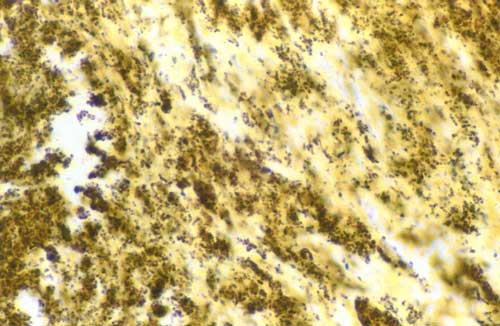Patients at moderate risk for bacterial endocard it is do not benefit from antibiotic prophylaxis at the time of invasive dental work, a new study shows.
"The American Heart Association recommends that these patients receive the prophylaxis, but it has stated that these recommendations are based on weak evidence," commented Dr. Zia Agha, who presented his study at the annual meeting in Boston of the Society of General Internal Medicine.
According to the AHA, patients at moderate risk for bacterial endocarditis (BE) are those with congenital cardiac malformations (except isolated secundum atrial septal defect [ASD], repaired ASD, ventricular septal defect, or patent ductus arteriosus without residua'beyond 6 months), acquired valvular dysfunction, hypertrophic cardiomyopathy, and mitral valve prolapse with regurgitation and/or thickened leaflets.
The high-risk category includes patients with prosthetic cardiac valves, previous bacterial endocarditis, complex cyanotic congenital heart disease, or surgical systemic pulmonary shunts or conduits.
Dr. Agha of the Medical College of Wisconsin, Milwaukee, estimated that in a hypothetical cohort of 10 million high- and moderate-risk patients undergoing a dental procedure, antibiotic prophylaxis (amoxicillin 2 g) would prevent 33 cases of bacterial endocarditis and five deaths. But nine lives would be lost due to fatal antibiotic side effects.
"Given that only 7% of BE cases are potentially preventable by antibiotic prophylaxis according to the literature--the cost of preventing endocarditis in a. moderate-risk group is very high," he told this newspaper. "When you look at the number of people who are going to be exposed to the antibiotics' it's a lot, com pared with the rare occurrence of endocarditis."
But in individuals classified at high risk for BE, antibiotic prophylaxis remains cost-effective, Dr. Agha added.
The model assumed a base antibiotic efficacy of 30%. If efficacy were 53% or higher, prophylaxis would be considered cost-effective in moderate-risk patients, he said.
COPYRIGHT 2000 International Medical News Group
COPYRIGHT 2001 Gale Group



